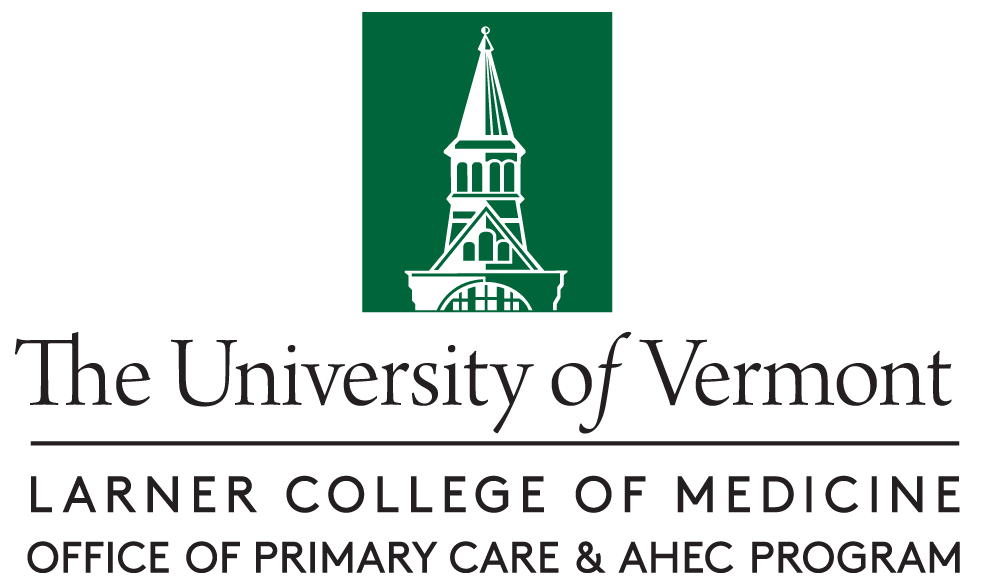
UVM AHEC
Document Type
Poster
Publication Date
2024
Focus Area
Medical Practice Transformation
Abstract
Background: Barrett’s Esophagus (BE) is the only known precursor lesion to Esophageal Adenocarcinoma (EAC), a significant health concern affecting 1-2% of the US population. Despite its clinical importance, a recent hospital audit at UVMMC revealed that only 12% of patients with BE had documented endoscopy surveillance in their Health Maintenance (HM) records.
Objective: This study aims to evaluate the surveillance of Barrett’s Esophagus to ensure that surveillance recommendations are met more effectively.
Methods: A literature review of the current prevalence, risk factors, screening criteria practices, and ACG surveillance guidelines for Barrett’s esophagus was conducted. An analysis of patient EMR and Health Maintenance records for BE patients at UVMMC Heath Network was conducted utilizing Epic’s Slicer Dicer tool. Inclusion criteria include adults with a PCP within the UVMHN.
Results: Data from the slicer dicer tool observed 1.13% of patients with a Primary Care Physician (PCP) in the UVMHN had a diagnosis BE, which is consistent with prevalence in the literature of 1-2%. We assessed the current utilization of endoscopy on the health maintenance reminder in these patients and identified gaps in surveillance documentation. Subsequently, an infographic for provider education was developed to aid with clinical reasoning and using Epic’s health maintenance tool.
Discussion: Our findings highlight significant gaps in reminder system and documentation of recommended endoscopy surveillance among BE patients. While UVMMC is proficient at identifying BE in patients, providers were still found to be significantly underutilizing Endoscopy HM documentation. By integrating automated reminders and scheduling into the HM system, we hope to observe improvements in surveillance adherence, documentation, and workload of PCPs. Based on the data in this study, development of a new pathway that integrates clinical reasoning and smart tools is being developed to enhance tracking and adherence to surveillance guidelines. Surveillance intervals were unable to be analyzed at this time, but the integration of new smart tools will hopefully make it easier to analyze this in the future.
Conclusions: Improve the tracking and adherence to surveillance recommendations for Barrett’s Esophagus has been shown to enhance patient care and help in early detection and prevention of Esophageal Adenocarcinoma. Further smart tools and continuous quality improvement initiatives are recommended to ensure patients have access to surveillance without causing a burden to PCPs.
References:
Shaheen, Nicholas J. MD, MPH1; Falk, Gary W. MD, MS2; Iyer, Prasad G. MD, MS3; Souza, Rhonda F. MD4; Yadlapati, Rena H. MD, MHS (GRADE Methodologist)5; Sauer, Bryan G. MD, MSc (GRADE Methodologist)6; Wani, Sachin MD7. Diagnosis and Management of Barrett's Esophagus: An Updated ACG Guideline. The American Journal of Gastroenterology 117(4):p 559-587, April 2022. | DOI: 10.14309/ajg.0000000000001680
Thrift, A. P. (2021, February 18). Global burden and epidemiology of Barrett Oesophagus and Oesophageal Cancer. Nature News. https://www.nature.com/articles/s41575-021-00419-3
Shaheen N. J. (2019). Risk of Cancer in Patients With Barrett Esophagus. Gastroenterology & hepatology, 15(12), 688–690.
Creative Commons License

This work is licensed under a Creative Commons Attribution 4.0 International License.
Recommended Citation
Baugh, Evan; Ganguly, Eric; Sandoval, Marie MD; Cangiano, Michelle MD; and Jacobs, Alicia MD, "Developing a Comprehensive Barrett’s Esophagus Pathway with Clinical Support Tools" (2024). UVM AHEC. 20.
https://scholarworks.uvm.edu/uvmahec/20

